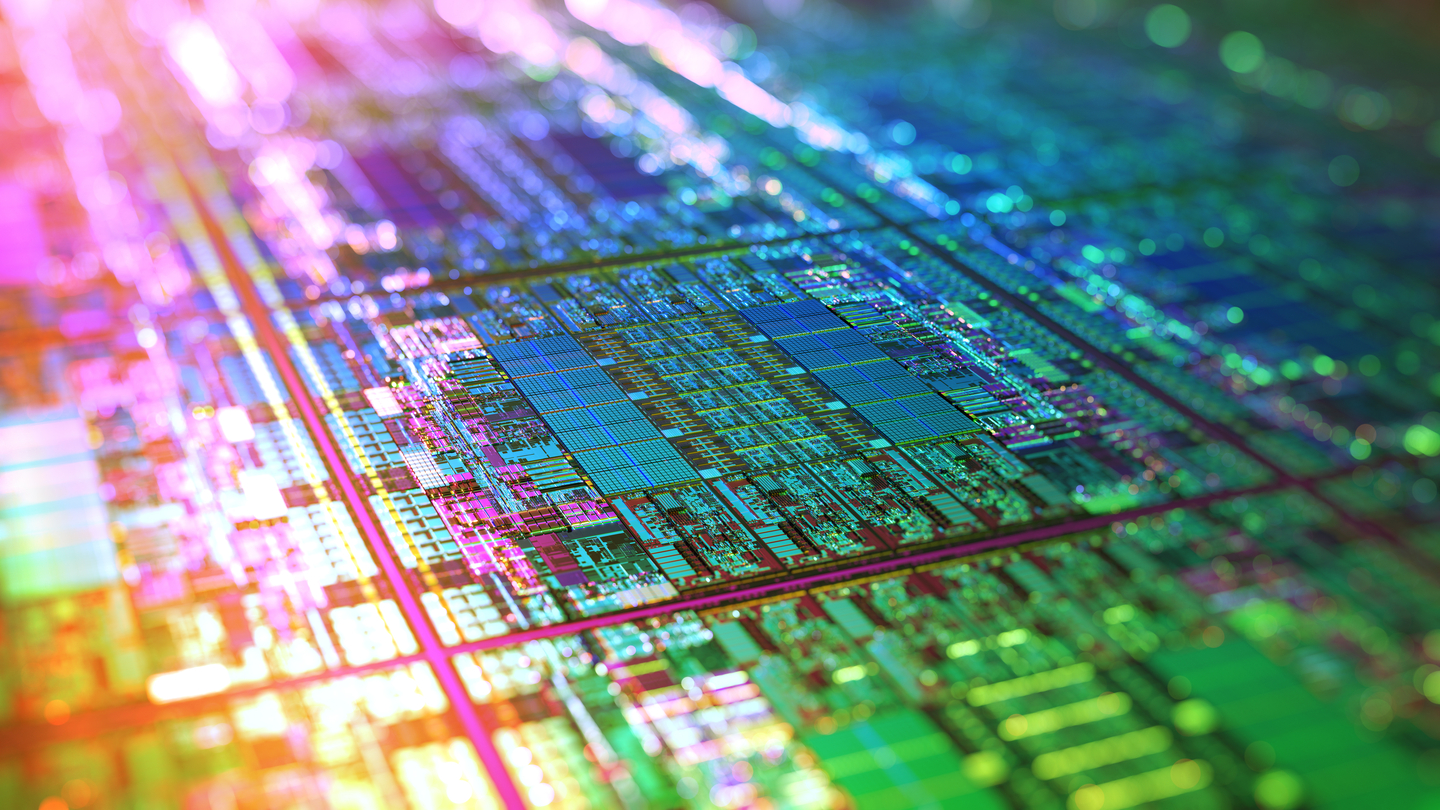Here’s everything we know about Apple’s M3 chip models
- Apple is preparing various M3 chip models, as with earlier Mac chip generations.
- The M3 Max chip will be built on a 3nm process, resulting in speed and efficiency improvements compared to the M2 Max chip.
- The gradual transition to the M3 chip will likely begin in October this year.
Apple Silicon first burst onto the scene in 2020 with the launch of the M1 chip, which has led to some hugely popular Mac products using the technology ever since. In 2022, when Apple unveiled its M2 chips (the M2 Pro and M2 Max), they gave the MacBook Pro a significant boost. Now reports indicate that the tech giant is testing out its highest-end next-generation laptop processor yet, the M3 Max.

When launched, Apple dubs M2 Ultra as the largest and most capable chip it has ever created.
Just two months ago, Apple unveiled its M2 Ultra, the largest and most capable chip the tech giant had created to date. The system on a chip (SoC) made Apple’s new Mac Studio and Mac Pro the most powerful Mac desktops ever made – yet. In the latest edition of the Power On newsletter on Bloomberg, writer Mark Gurman said that Apple has also begun testing the M3 Max chip, “setting the stage for the release of its most powerful MacBook Pro ever next year.”
To give an idea of the technological leap in Apple’s upcoming chip collection, it is necessary first to be aware that the M2 Ultra is built using a second-generation 5-nanometer (nm) process. It uses Apple’s groundbreaking UltraFusion technology to connect the die of two M2 Max chips, doubling the performance.
That means the M2 Ultra consists of 134 billion transistors — 20 billion more than the M1 Ultra. “Its unified memory architecture supports up to a breakthrough 192GB of memory capacity, which is 50% more than the M1 Ultra, and features 800GB/s of memory bandwidth — twice that of M2 Max,” Apple explained in a statement. Furthermore, the M2 Ultra features a more powerful CPU that’s 20% faster than the M1 Ultra, a larger GPU up to 30% faster, and a neural engine up to 40% faster.

The shorter the distance between transistors, the faster the chip.
The upcoming M3 Max chip includes 16 central processing cores and 40 graphics cores, according to test logs from a third-party Mac app developer that Bloomberg News saw. The processor is at the heart of a high-end MacBook Pro laptop — a model codenamed J514 — expected to debut next year.
“The central processing unit includes 12 high-performance cores, which handle demanding tasks like video editing, and four efficiency cores for less-intensive applications, such as web browsing. Compared with the top-of-the-line version of the current M2 line for laptops, the new chip has four more high-performance CPU cores and at least two additional graphics cores. The MacBook Pro in testing also includes 48 gigabytes of memory,” Gurman wrote in the Bloomberg article.
However, Apple is likely testing multiple variations and core-count options, of which the version shared by Gurman is one.
Apple in its M3 chip era: M3 Pro, M3 Max
As with earlier Mac chip generations, Apple is preparing various M3 models. According to test logs, the base M3 will have the same configuration as the M2, with eight CPU cores and up to 10 core graphics cores. “An M3 Pro chip will start at 12 CPU and 18 graphics cores. The M3 Max chip is the next level up, and an even higher-end chip — the successor to the M2 Ultra — hasn’t shown up yet in test logs,” Gurman noted in his report.

The 3nm chipe era at Apple coincides with its final freedom from Intel.
What is certain is that Apple’s transition to M3 chips is its most significant upgrade to the processors since the Apple Silicon lineup debuted in 2020, when the company first began replacing Intel Corp. chips in the Mac. Since launching the M1 that year, Apple has released several variations for laptops like the MacBook Air and high-performance desktops like the Mac Pro. As of June this year, the company has transitioned its entire computer line away from Intel.
But unlike the M1 and M2, the M3 chip will mark the first time Apple is shifting to a 3nm production process for Mac chips, which promises to provide better battery life and substantial performance gains. On that front, the M3 chips should be a significant selling point, Gurman said. Apple will also use a similar technology for the A17 processor launching in the iPhone 15 Pro in September.
The first two Apple Silicon chips for the Mac and recent iPhone models were all fabricated using a 5nm process. The “nanometer” fabrication size for a chip represents the distance between transistors on the chip. The smaller the space, the better the performance and efficiency.
Reports indicate that the transition to the M3 chip will likely begin in October, starting with updates to the company’s entry-level Macs. To recall, Apple has been testing M3-based iMacs, 13-inch MacBook Pros, 13-inch and 15-inch MacBook Airs, and Mac Minis — all for release within the next 12 months. Updated versions of the 14-inch and 16-inch MacBook Pro models will likely come in 2024 with the M3 Pro and M3 Max chips.











